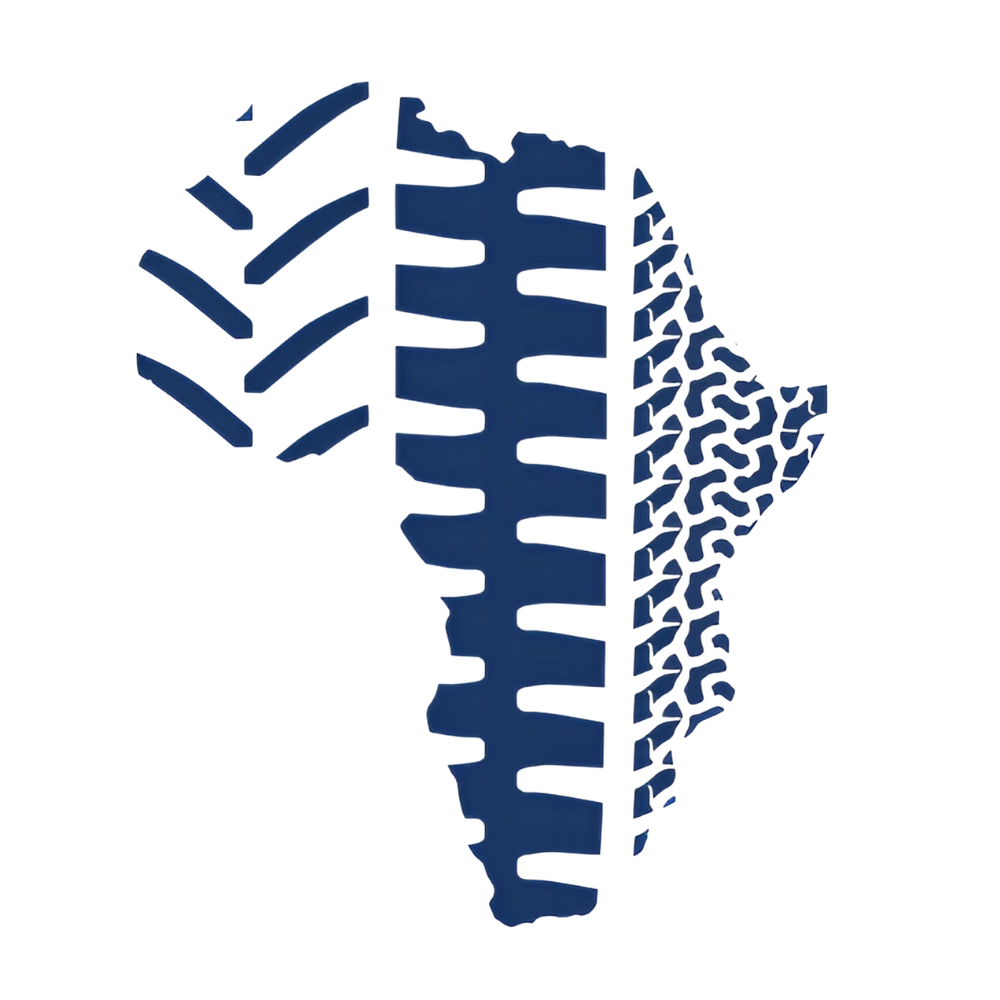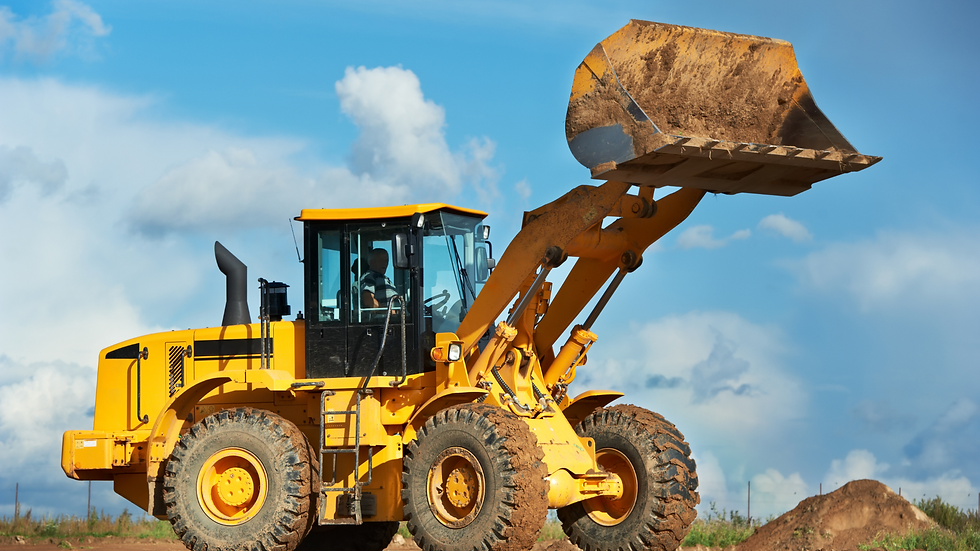Construction Machinery Tyres for African Sites: Radial vs Bias & Best Practices
- Tyres Without Borders

- 4 days ago
- 3 min read
The construction industry across Africa operates in some of the world’s most challenging environments. From remote mining sites in the DRC to massive infrastructure projects in Kenya, the equipment used must be durable, efficient, and suited to the terrain. At the foundation of any construction vehicle’s performance are its tyres. Understanding the difference between radial and bias construction machinery tyres is key to productivity and safety across Africa.
Why Construction Tyres Matter in Africa

The tyre isn't just a part of your machine; it's your ground contact. It influences:
Stability on uneven terrain
Fuel consumption and wear rate
Operator comfort and control
Maintenance cycles and replacement costs
In Africa, where conditions often include rocky paths, heat, and heavy loads, selecting the wrong tyre can lead to frequent failures and expensive delays.
Radial vs Bias Tyres: What's the Difference?

Radial Tyres
Constructed with steel belts running at 90 degrees to the direction of travel.
Provide a larger footprint, enhancing grip and spreading the load.
Reduce heat build-up, ideal for long-distance or high-speed applications.
Offer better fuel efficiency and longer tread life.
Bias Tyres
Made with nylon or polyester plies laid at alternating angles.
Have strong sidewalls that resist cuts and bruises on sharp terrain.
Typically cheaper upfront, but wear faster.
Better suited for short-haul, low-speed operations in extremely rough areas.
When to Choose Radial Tyres in Africa
Choose radial tyres if you:
Operate on mixed or semi-paved terrain
Run long shifts or cover long distances
Need improved fuel efficiency and smoother rides
Example: A contractor running backhoes and graders in urban Nairobi will benefit from radial tyres due to consistent terrain and speed.
When to Choose Bias Tyres in Africa
Go for bias tyres when you:
Work in remote, rocky, or extremely rugged terrain
Need strong sidewall protection
Operate at low speeds with short travel distances
Example: In quarry operations in Sierra Leone, bias tyres handle the constant exposure to sharp debris better.
Recommended BKT Tyres for African Construction

Tyres Without Borders recommends these BKT options:
EARTHMAX SR 30: Radial tyre for loaders and dozers; excellent traction.
GRIP STAR: Bias tyre ideal for compact loaders on rough sites.
EARTHMAX SR 41: Versatile radial for dumpers and loaders on rocky surfaces.
Maintenance Best Practices
Inspect tyres daily for cuts, bulges, and pressure issues
Use tyre pressure monitoring systems (TPMS) for large fleets
Clean debris from treads after each shift
Rotate tyres based on wear patterns and workload
Conclusion
Choosing between radial and bias tyres isn’t about what's better universally – it's about what's better for your site. African construction conditions demand tyre choices that balance cost, durability, terrain and performance. At Tyres Without Borders, we help you find the best match for your machine and your job.
FAQs
Q1: Are radial tyres more expensive?
Yes, initially, but they tend to offer better longevity and fuel savings.
Q2: Can I mix radial and bias tyres?
It’s not recommended as it affects handling and wear consistency.
Q3: How do I know if a tyre is radial or bias?
Check the sidewall markings – “R” for radial, “-" or “D” for bias.
Q4: Are bias tyres better for off-road?
Yes, especially in extreme, low-speed, rocky or undeveloped sites.
Q5: How often should I check tyre pressure?
Daily, especially under heavy loads or on hot days.




Comments